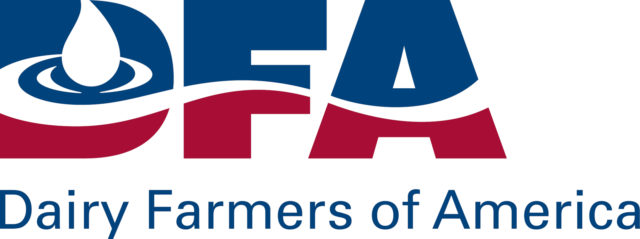But what about when it comes to the long jobs? The bigger projects aren’t meant to be rigged. But that’s what the experts are for – to guide us. We’re trained to assume that they know best, but do they know what’s best for you? We’re not meant to question the experts, right?
My family and I milk a herd of Jerseys. I am not exaggerating when I say that our Jerseys have made us think outside of the box. The majority of the research in the dairy industry is geared toward Holsteins, but these little brown cows are a cow of a different color – literally and figuratively. We’ve made a hobby out of reading the research and adjusting it to our herd. I’m not trying to say that the experts advising us don’t know what they’re saying. I’m just saying that we need to be more proactive in the advice we follow.

For example, 22 years ago when my dad built our milking freestall barn and everyone told him that 10-foot sidewalls just weren’t high enough because he’d never get the airflow he needed to keep that barn cool. Five or six years ago, when temperatures plummeted under 25 below, guess who was able to scrape their barn every day but one? They told him that to get any kind of ventilation he’d need to be diligent about placing the sidewall curtains at the proper height all summer long. Well, one day when a storm raced through, he rolled them all up and then headed to the house for a short nap. When he woke up two hours later, he was sure the barn was a sauna and the cows were suffering. What he found was a natural wind tunnel and a barn that was 15 degrees cooler than it was outside. The curtains have stayed up ever since.
Because of our Jerseys, we’ve experimented with lots of advice in the last 20 years – the most recent being the dimensions of our stalls in the freestall barn and our stanchions in the parlor.
I’m not claiming that experts don’t know what they’re doing. What I’m saying is that they’re not out there every day on your farm, in your barn, with your cows. You are. It’s our job to take their advice and question it. Think about all the scenarios. What’s it going to be like in 110 degree weather? What will it be like in negative 30 degree weather? Does it fit your management style? They’re going to advise you, maybe stick around to see it become a reality and then move on. You’re there for the long haul. Take the advice, and then make it work for you. ![]()
Jessica Peters is a dairy farmer in Meadville, Pennsylvania. Follow her farm on Facebook: Spruce Row Farm.
PHOTO 1: Jessica Peters says that because the majority of dairy research is done with Holsteins, she and her family have learned to listen to recommendations from the experts but then apply their own knowledge of Jersey specifics.
PHOTO 2: Peters advises fellow dairy producers to take the experts’ advice, question it and consider all the scenarios. Photos by Jessica Peters.



